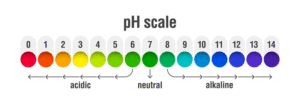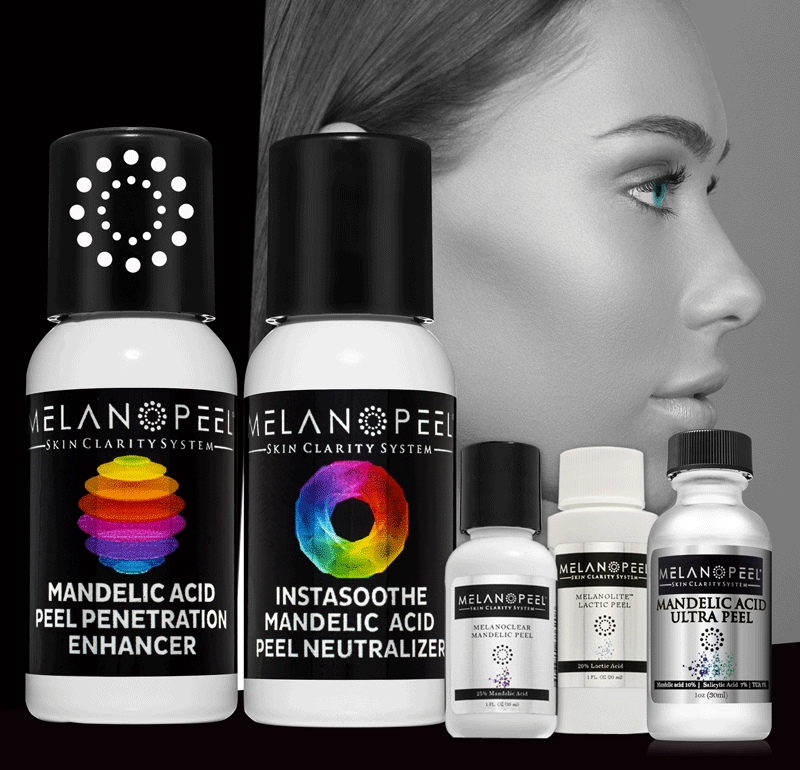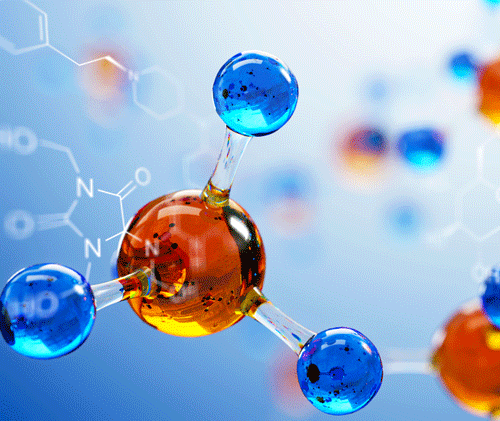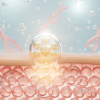How strong is your peel – Do you really know?
Our Melanopeel® home peels are safe and highly effective against acne, pigmentation, sun damage, rough skin, oily skin, large pores, and anti-aging. The internet abounds with chemical peels you can purchase, some with levels as high as 100%! But what does this mean, does higher mean better, and what is safe for home use?
While we cannot advise on these online peels, we can certainly advise on the safety of the Melanopeel® home peels.
A higher percentage labeled on a peel does not mean that it will deliver better results. In fact, you may end up with further skin damage, especially persons of darker skin.
An acid is a chemical substance that either donates hydrogen atoms or accepts electrons. Most acids generate negative and positive charges when reacting with water. If any acid produces greater numbers of hydrogen, it means that it has higher acidity and lower pH. The word acid is derived from Latin words acere or acidus, meaning “sour”.

Nowadays, acids are commonly used in skin care products as “Chemical Exfoliants”. Exfoliants are medical products designed to remove dead cells from the surface of the skin. Acid use is serious business, and can be associated with a chemical burn that is why it is important to consider which acids work best for what skin type. So, you should not use these acids on your face willy-nilly.
All skincare products contain two main types of acids, alpha-hydroxy acids (AHAs) and beta-hydroxy acids (BHAs). AHAs and BHAs both act as exfoliants, and the main difference between them is their chemical structure, which affects how each type of acid penetrates the skin.
The percentage strength is the acid expressed in the unit “percentage”. It can be expressed in three ways as percentage by volume (v/v), percentage by weight (w/v) and molar concentration.

Buffers & Free Acids
Potential BHA and AHA irritation is linked to pH rather than acid concentration. This is the point where “Buffers” play their role. The actual chemical peel percentage strengths depend on these buffers.
Buffers prevent a rapid change in pH when acids or bases are added to the solution. Buffering allows companies to formulate products with higher acid concentrations without increasing their irritation potential. Buffered acid products are more effective and safer than unbuffered acids, as unbuffered solutions are harsher and have the strong peel on your skin.
So, be aware of this fact when you see a product touting a high acid percentage. The acid percentage of chemical peel does not reveal the full story.
Products labelled as “Free acid values and compounds” are areas where brands can mislead customers. As compounds are a mixture of ingredients that contain the acid along with other additives, the free acid value is how much acid exists in its original “active” form. So, while you are going to buy a product, find out if the product is a compound or free acid value.

With Melanopeel®, our home chemical peels are properly formulated to be safe and effective, while delivering the safe effective doses of free acid levels. The home peel system includes a pre-peel penetration enhancer, and an after-peel neutralizer to maximize safety.







